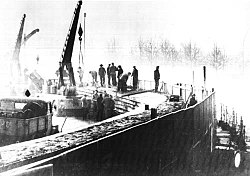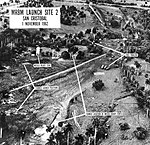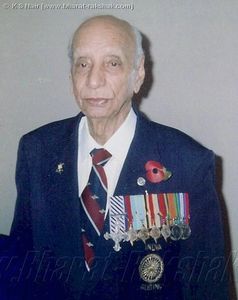Sunday, December 25, 2011
Soldiers All--Christmas greetings

 Year of issue is unknown. The card shows expression of words "Everything is O.K." in Hindi, Burmese and Chinese. It depicts landmark monuments such as Taj Mahal (India), Pagoda (Burma) and entrance of some palace/forbidden city (China).
Year of issue is unknown. The card shows expression of words "Everything is O.K." in Hindi, Burmese and Chinese. It depicts landmark monuments such as Taj Mahal (India), Pagoda (Burma) and entrance of some palace/forbidden city (China).  The inside of card has a greeting printed with native people of CBI theater. It also has "FREE" printed on card indicating this must be free of post just like British Military Air Letter Cards (BMALC) or Airgraphs/V-Mails.
The inside of card has a greeting printed with native people of CBI theater. It also has "FREE" printed on card indicating this must be free of post just like British Military Air Letter Cards (BMALC) or Airgraphs/V-Mails. CBI Seal

Shown below is a type of postcard where prisoner was not supposed to write anything. All it could do was select some options and put his signature at the bottom of the card.
 The postcard indicates that it was printed on 13-12-1941 with quantity of 6,00,000. It is of type A.F.A-2042 (Italian) with censor marking stating "Passed".
The postcard indicates that it was printed on 13-12-1941 with quantity of 6,00,000. It is of type A.F.A-2042 (Italian) with censor marking stating "Passed".
Thursday, December 22, 2011
Ake Ake Kia Kaha
Sgt D S Sidhu--The night of 28/29 April 1943
( click on crew picture to enlarge)
Stirling W7513 crew - Sgt. David Church on extreme left, Sgt. Patrick Torre Hunter 2nd left, Sgt. Devinder Singh Sidhu 3rd from left, centre Sgt. Keith Halliburton (the three on the right of Sgt Halliburton most probably are Air/Bmr Sgt Thomas Scarfe , Air/Gnr SgtCharles Henry George Boxall and Air/Gnr Sgt Alexander Clunie Howell
RNZAF'S 75 Squadron motto, Ake ake kia kaha: "For ever and ever be strong", where 'ake ake' means '(for)ever (for)ever' and 'kia kaha' means 'be strong'.-Sgt Sidhu and W7513 were part of 75 (NZ ) Sqn during WW2Ake ake kia kaha is also the marching song of the 28th Maori Battalion, whose 3500 members went on to win fame in World War Two as shock troops in Greece, Crete, North Africa and Italy.
FO LK * SONG
| Te Ope Māori Hīkoi kia toa Te Ope Māori kia kaha ra Te Ope Māori hikoi kia kororia ai Mauria te hōnore o te iwi. Ka hīkoi mātou ki te hoariri Whawhaitia tae noa ki te mutunga Mō te Atua! Mo te kingi! Me te whenua! AU-E!, ake ake kia kaha e! | Maori Battalion march to victory Maori Battalion so very staunch Maori Battalion march to glory Be the living expression of the people's honour. We will march to the enemy Put them to flight at the end. For God! For King! And for country! AU - E! Forever and ever be strong! |

W7513 took off at 20.42 hrs from R.A.F. Newmarket in Suffolk.It was part of a huge 207 aircraft force on a "Gardening" (Mine laying) operation. A total of 593 mines were laid off Heligoland, in the river Elbe and in the Great and Little Belts. Low cloud base forced the aircraft to fly very low over the German and Danish coasts. Because of this they took very heavy flak and also attacks from Luftwaffe night fighters. Records confirm that there was a German flak ship also operating the coast that night. 68 Lancasters, 60 Halifaxes, 47 Wellingtons, 32 Stirlings - were involved in the operations that night. 167 aircraft laid 593 mines off Heligoland, in the River Elbe and in the Great and Little Belts. Low cloud over the German and Danish coasts forced the minelayers to fly low in order to establish their positions before laying their mines and much German light Flak activity was seen. 22 aircraft - 7 Lancasters, 7 Stirlings, 6 Wellingtons, 2 Halifaxes - were lost. This was the heaviest loss of aircraft while minelaying in the war, but the number of mines laid was the highest in one night.
6 Mosquitoes had also carried out a raid to Wilhelmshaven, dropping many flares to divert attention from that part of the minelaying force which was operating nearby. No Mosquitoes were lost.Although this was the largest mine laying operation in one night of the whole war it came at a price. A total of 22 aircraft were lost (75 Squadron lost 4 aircraft alone, with a total of 28 crew members killed) - 9 aircraft were lost by the night fighters and the remainder from the flak. Stirling W7513 is not on the Luftwaffe claims list for this raid so it is thought that it had been taken down by flak - Possibly shot down near the
target area, the plane and the crew disappeared without a trace.
"28 - 29 april 1943 (00.35 hours) The Langelands Bælt near Vesternæs. Stirling Mk I W7513 (AA-G)
No 75 Sqn, Newmarket, Suffolk. Minelaying: The western part of the Fehmarn Belt (7 MIA).

Date: 28/29th April 1943 Mission: Gardening
Unit: No.75 Squadron (R.N.Z.A.F.)
Type: Stirling I

 Serial: W7513
Serial: W7513Code: AA-G
Base: Newmarket, Suffolk
Location: Unknown - probably over target area.
Pilot: Sgt. Keith Halliburton 415411 R.N.Z.A.F. Age 23. Killed
Fl/Eng: Sgt. Devinder Singh Sidhu 946455 R.A.F.V.R. Age26 ? Killed
Nav: Sgt. Patrick Torre Hunter 42297 R.N.Z.A.F. Age 29. Killed
Air/Bmr: Sgt. Leslie Thomas Scarfe 1261331 R.A.F.V.R. Age 21. Killed
W/Op/Air/Gnr: Sgt. David Church 1196564 R.A.F.V.R. Age 29. Killed
Air/Gnr: Sgt. Charles Henry George Boxall 1393248 Age ? Killed
Air/Gnr: Sgt. Alexander Clunie Howell 392104 Age 23. Killed

The Band of The Brigade of Gurkhas
Zorba the Greek (Βίος και Πολιτεία του Αλέξη Ζορμπά) is a novel written by the Greek author Nikos Kazantzakis, first published in 1946. It is the tale of a young Greek intellectual who ventures to escape his bookish life with the aid of the boisterous and mysterious Alexis Zorba. The novel was adapted into a successful 1964 film of the same name as well as a 1968 musical, Zorba. Here is the Gurkha Band playing the theme of the movie
Tuesday, December 20, 2011
The 60's
- The Kennedy's with Nehru and Indira Gandhi in the White HouseThe 1960s was the decade that started on January 1, 1960, and ended on December 31, 1969. It was the seventh decade of the 20th century.
The 1960s term also refers to an era more often called The Sixties, denoting the complex of inter-related cultural and political trends across the globe. This "cultural decade" is more loosely defined than the actual decade, beginning around 1963 and ending around 1974
John F. Kennedy assassination – President Kennedy with his wife, Jacqueline, and Texas Governor John Connally in the presidential limousine, minutes before his assassination.

- John Lennon rehearsing Give Peace A Chance, in Canada, 1969
- Johnny Cash, in front of his home in Hendersonville, Tennessee, 1969
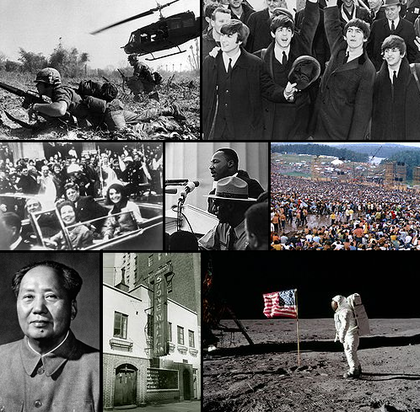
Tuesday, December 13, 2011
Monday, December 12, 2011
"Life is a city of crooked streets, death is the market place, where all men meet" .

"When You Go Home, Tell Them Of Us And Say,
For Their Tomorrow, We Gave Our Today"
The words are attributed to John Maxwell Edmonds (1875 -1958), an English Classicist, who had put them together among a collection of 12 epitaphs for World War One, in 1916.
The verse is thought to have been inspired by the Greek lyric poet Simonides of Ceos (556-468 BC) who wrote after the Battle of Thermopylae in 480 BC:
"Go tell the Spartans, thou that passest by,
That faithful to their precepts here we lie."
because rough men stand ready to do violence on their behalf."- George Orwell
Its a little known fact that that the Royal Indian Armed Forces were the largest all-volunteer armed force in history, with nearly 2.85 million men fighting with the Indian Army, the Royal Indian Air Force and the Royal Indian Navy in WW2.Twenty-four Indian pilots were sent to England during the summer of 1940 alone. They joined the various OTUs and subsequently spread out among the Squadrons in Fighter, Coastal and bomber Command. Eight of them were killed in operations.
RIAF recruiting posters-- World War 2




^Twenty four Indian pilots were sent to England during the summer of 1940. They joined the various OTUs and subsequently spread out among the Squadrons in Fighter, Coastal and bomber Command. Eight of them were killed in operations.
Even after returning to India,Sqn Ldr Pujji continued the practice of naming his aircraft Amrit, after his fiancee at the time. Here(ABOVE) Pujji is seen on a Hurricane IIB in Burma. Sqn Ldr MS Pujji(above) in 2004. He is wearing his medals with his DFC first, his FAI gliding pin in his right lapel, a poppy (symbolizing remembrance of those who fell in battle) plus his Burma Star Association pin on his left lapel.

^ The Vengeance Mk III can be identified by the twin .30 Machine guns to be operated by the 'Observer'. Here an Indian pilot climbs out of his aircraft.

^ Sqn Ldr Hem Chaudary with his gunner Flt Lt Murat Singh by his Vengeance. Hem commanded No.3 CDF during the first Burma Campaign. Earlier he flew with No.353 RAF squadron.
By the end of the war, the RIAF had risen to seven squadrons, with substantial numbers of Indian personnel flying in RAF and many other colonial nations. This airforce fought side-by-side with the British and Americans against the Japanese all over Asia, and Indian-manned squadrons distinguished themselves in the air war in Europe, as well as in the Middle East and North Africa.The inauguration of the Indian republic in 1950 had the force redesignated as the Indian Air Force
.
Saturday, December 10, 2011
Love is a vital, cosmic energy flowing through us all. Life is not for existing or "making do," but for loving, and we should be able to find it in in all aspects of life—marriage,work, spirituality, and more. The cumulative wisdom of the ages,teaches us that love is the key to life, and that life—all of it—is for loving. '' When I asked God for strength, He gave me a difficult situation to face---- When I asked God for brains and brawn, He gave me puzzle in life to solve--
When I asked God for Happiness, He showed me some unhappy people--
When I asked God for wealth, He showed me how to work hard--
When I asked God for Favors, He showed me opportunities to work hard--
When I asked God for peace, He show me how to help others--
God gave me nothing I wanted; He gave me everything I needed''
This picture says a thousand words.

MAY THEY ALL REST IN PEACE

WWII--A Jew, A Christian,A German-SOLDIERS ALL

♥♥LoViNg♥LiFe♥ For The Love of Mankind
http://www.youtube.com/watch?v=fRG3WC9BZaM
www.youtube.com ---

Friday, December 9, 2011
Thursday, December 8, 2011

US President George W. Bush presents the Congressional Gold Medal to Dr. Roscoe Brown Jr., during ceremonies honoring about 300 Tuskegee Airmen Thursday, March 29, 2007, at the U.S. Capitol. Dr. Brown, Director of the Center for Urban Education Policy and University Professor at the Graduate School and University Center of the City University of New York, commanded the 100th Fighter Squadron of the 332 Fighter Group during World War II.
Our S
Most people today are not aware that prior to 1941, it was the policy of the U. S. War Department (Dept. of Defense) to maintain segregated military units in the Armed Forces. The few black infantry, cavalry, and artillery units that existed at that time in the army were commanded at the top ranks by white officers, with black officers relegated to the lower ranks. This system remained in force throughout World War I and World War II, with few exceptions. The Army Air Corps began training African Americans to become pilots at Alabama's Tuskegee University in 1941, under orders of President Franklin D. Roosevelt. Army officials were skeptical of the skills of African Americans, largely basing their assumptions on a 1925 military study which concluded that African Americans lacked the courage and technical aptitude to be counted on in combat.
 Nearly 1,000 African Americans earned their pilot's wings in the Tuskegee program between 1942 and 1946. They flew more than 15,000 sorties over North Africa and Europe during World War II, destroyed more than 250 enemy aircraft on the ground and 150 in the air and were so proficient at protecting U.S. and Allied bomber planes that squadrons requested that the pilots escort for them.
Nearly 1,000 African Americans earned their pilot's wings in the Tuskegee program between 1942 and 1946. They flew more than 15,000 sorties over North Africa and Europe during World War II, destroyed more than 250 enemy aircraft on the ground and 150 in the air and were so proficient at protecting U.S. and Allied bomber planes that squadrons requested that the pilots escort for them.

Sunday, December 4, 2011
once there was a war
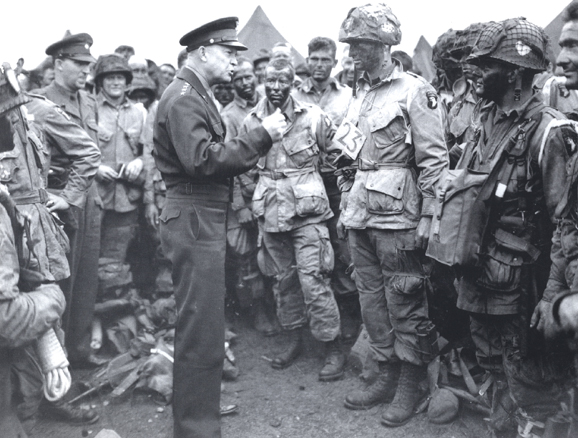
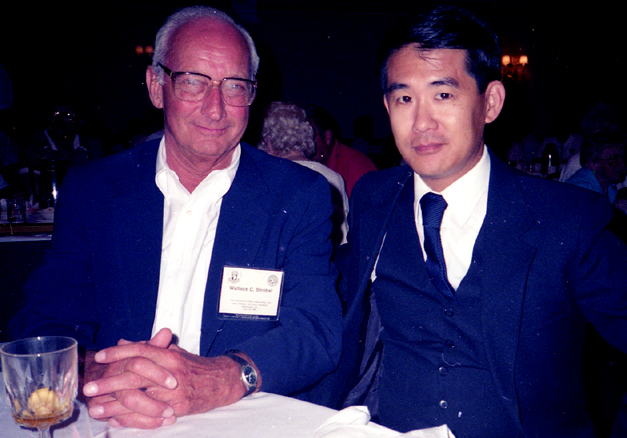 Lt. Wallace Strobel (on left), 1990
Lt. Wallace Strobel (on left), 1990 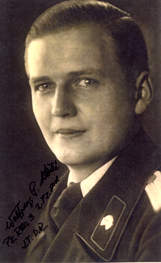
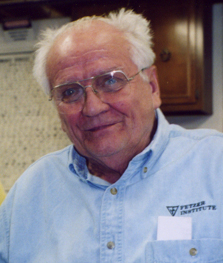
Wednesday, November 30, 2011
NO ONE CAN STOP AN IDEA WHOSE TIME HAS COME Its like this. Firstly let us accept that oft repeated adage that 'no arm or service can ...
-
SEHIT TURK ASKERI , DOOLLAY TAP, DILIP KUMAR AND THE TOBRUK GUN M y first visit to Deolali was sometime in 1978 as a subaltern, no...
-
GIBRALTAR , BARKI AND MAJ BHATTI'S LAST BATTLE - A VIEW FROM BOTH SIDES ( D S SARAO ) ...
-
For some time now I have been reading posts from the 'Valiants' and reminiscing about my days as a Valiant. 💥💥 Though I general...







